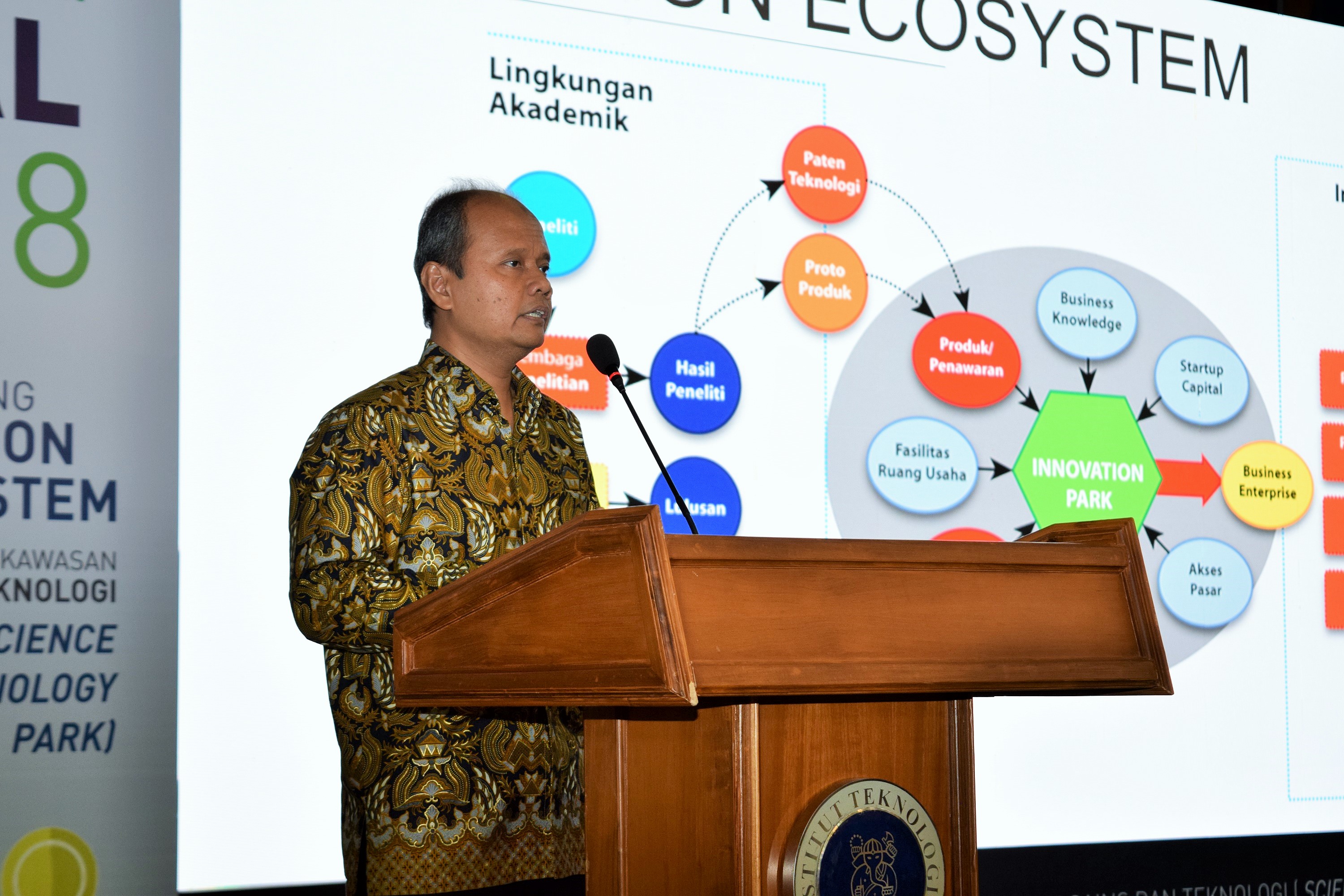Preserving Tea Quality with Handling Technique
By Adi Permana
Editor Adi Permana

BANDUNG, itb.ac.id—The Postharvest Technology Study Program from SITH ITB invited the manager of Tea and Quinine Research Center with Ir. Eko Pranoto, M.P. as the guest lecturer of their elective course. The session was held on Monday (13/9/2021) about the handling and harvesting techniques of tea.
During the event, he explained that tea is the product of processed Camellia sinensis leaves. Herbal infusion, which is not to be mistaken as tea, was made directly from the leaves of C. sinensis.
Tea is often drunk for polyphenols (a compound with phenol group) that acts as antioxidants in the form of catechins. Each tea variety has its unique benefits. “We must know what kind of tea we are preparing to understand its benefits after drinking,” Eko added.
The staple, handpicked tea leaves determine 70-80% of the brewed tea's quality. It depends on the amount of polyphenols found in the prepared leaves, whether it exists in high or low concentrations.
In reality, not all tea leaves can be plucked from their shrubs for further treatment. Only its shoots contain high concentrations of catechin and polyphenol compared to other parts of the plants.
Tea shrubs originate from subtropical regions. Since these plants are not native to Indonesia, they are not cultivated easily here; they require a certain amount of pH, depth, soil moisture, and rainfall to grow according to their original natural conditions.
On the other hand, the collected shoots need to be secured to avoid damage before reaching the processing site. One of the processing stages involves the handling of shoots. “Shoots can arrive at factories in fresh conditions with a couple of handling tricks,” Eko commented.
Handling is the procedure of acquiring the shoots of tea leaves as raw processing materials in optimal quality. It is implemented to prevent or minimize physical damage that reduces tea quality due to pre-oxidation or pre-fermentation.
There have been multiple ways to pick tea leaves such as using one’s hands (manual), scissors, and other types of machinery. From these methods, leaf picking is done to ensure the quality of the concocted tea.
Tea plants need approximately 2 months since its leaf picking to allow new shoots to develop. Hence, it is necessary to pay attention to time management of the overall tea processing activities for maximum output.
Reporter: Najma Shafiya (Teknologi Pascapanen, 2020)
Translator: Ruth Nathania (Teknik Lingkungan, 2019)

.jpg)
.jpg)

.jpg)
.jpg)


